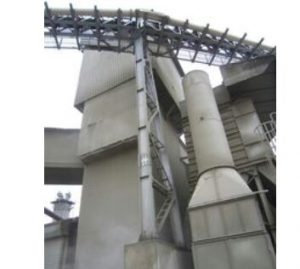
With the development of economy, people’s demand for cement is increasing.
Every 14 days, you can see that the U, N, B and K quarries next to the hildheimer lime valley provide plenty of limestone and mudstone. In the process of cement production, what you need to do is to break the quarried limestone, and then mix it with other raw materials to be your next step. For these broken materials, they need to be transported to the factory from the mixing yard. In raw material mill, the work of raw material is refined grinding and drying. We will then send the raw materials to the hopper for the necessary homogenization and temporary storage. The intermediate products are our purpose – these intermediate products are cement clinker, and the raw material is calcined in the cyclone tube preheater and decomposed furnace. If the temperature exceeds 950 degrees Celsius, the limestone in the raw material will break down. It then goes into the kiln, which is the material, and calcining is an essential step at a temperature of 1,450 degrees Celsius. “The need for cement is growing over time,” says J. “At the same time, you can see that the clinker can’t meet the demand if we only have our own cooked stuff.” So what the factory needs to do is buy the clinker from eastern European companies. Generally, the cooked materials are shipped to Germany by sea transport, and then transported by truck to factories in U.
“To this end, the new pickup site has been established,” said the head of the company. It is our aim to continue to send materials to processing, and to achieve this, an efficient delivery plan is what the cement producers need. “On the one hand, we seek solutions for eco-environmental protection, and on the other hand, we also seek a low-maintenance solution,” says J.